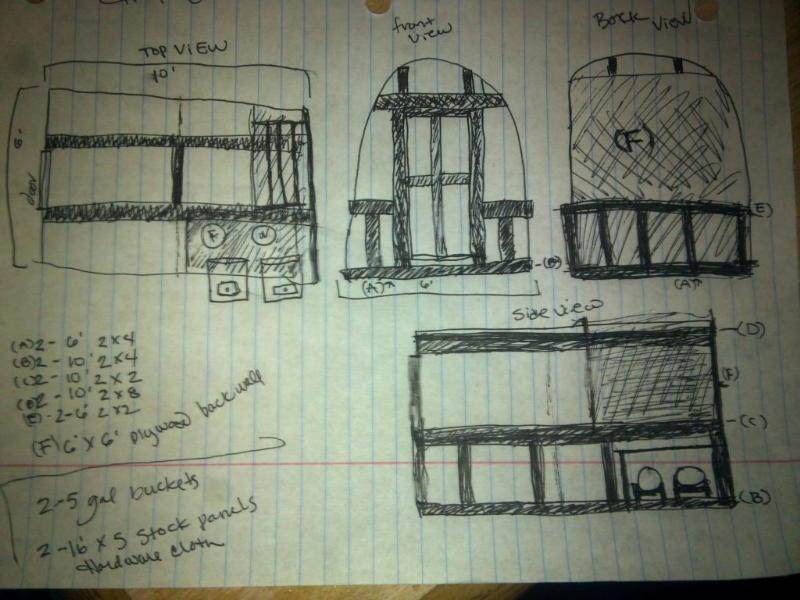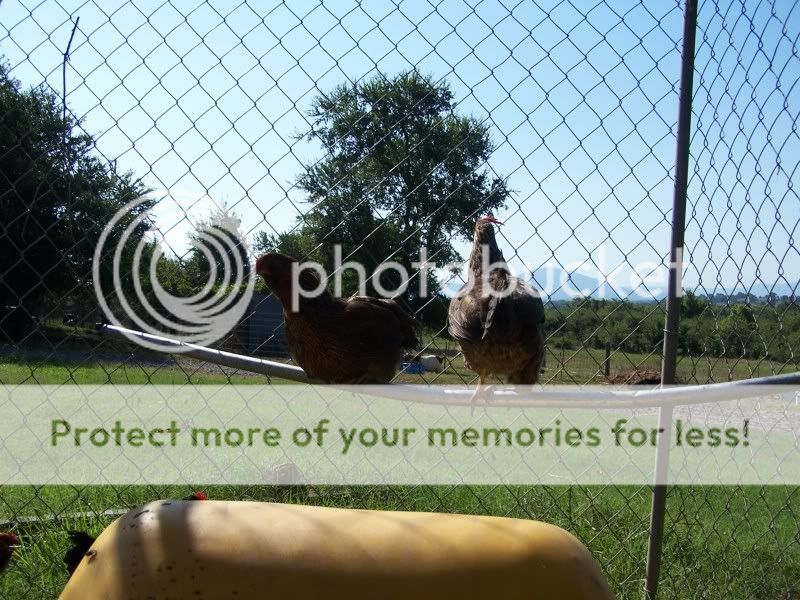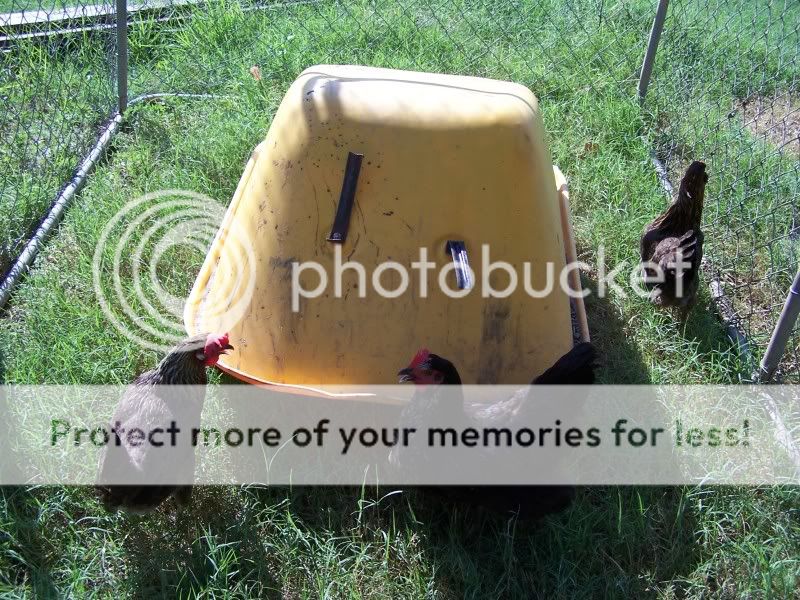




I have never met a stranger, I have met some strange ones.




I know its not pc to like my lawn.






Adventures in Gardening! http://backyardgirlie.weebly.com/index.html | Live Happy and Prosper |













Adventures in Gardening! http://backyardgirlie.weebly.com/index.html | Live Happy and Prosper |
















"I plan on writing lots more here. If
this line is still here in september
2009 and you want to see more, drop
me a line to remind me."
(TODO) fencing options
- burying fence is stupid
(TODO) controlling bugs in the garden with chickens








Adventures in Gardening! http://backyardgirlie.weebly.com/index.html | Live Happy and Prosper |




My project thread
Agriculture collects solar energy two-dimensionally; but silviculture collects it three dimensionally.




I have never met a stranger, I have met some strange ones.




paul wheaton wrote:What have I left out?













 1
1

















Leah Sattler wrote:right now. I have four hens in a 5x10 dog run. it is a pain to move but I had to have something with a top because the laying hens were flying out and the wild chickens were flying in. I don't want to clip their wings so they at least have a chance at escape from a predator (like my dogs
)as they do escape sometimes. I prefer the healthier eggs I felt I got when they free ranged and the greatly reduced feed bill! but I feel I have made the best of it for now.
here are some pics. as a stay at home mom on a very limited budget I only get to do this "homesteading thing" if I can do it on a shoestring.....like many other people. the dog run was aquired in trade for a stock tank. the gates that serve as a top were picked up off freecycle. the house is an old wheel barrow on 2x12's from an old waterbed with old sawed off broomsticks for perches inside. the laying box is a flower pot that I can't remember how I got or how long I've had it!



























Brandy Higgins wrote:What do you think about using a tazer or something to put them out?
My project thread
Agriculture collects solar energy two-dimensionally; but silviculture collects it three dimensionally.




I have never met a stranger, I have met some strange ones.












Highland Creamery, micro-dairy & family farm.
https://www.facebook.com/home.php#!/highlandcreamery




 1
1




Jay Green wrote:I don't think I'll ever be done with free ranging....to me it's the most efficient and natural way to keep chickens and saves me money on feed, work, and time and keeps the flock healthier than other methods of husbandry. Gives my dog something to do and helps him earn his feed. Been free ranging for over 10 years now and haven't seen any other method that can equal it yet...even for meaties. Especially for meaties.
I tried electric paddock for meaties this past spring but found it to be a pain in the backside and moved the paddock 3 times before I was through with that endeavor for the rest of the season...sold the electric fencing after that and won't be doing that again for poultry.
Highland Creamery, micro-dairy & family farm.
https://www.facebook.com/home.php#!/highlandcreamery




Kevin MacBearach wrote:
Jay Green wrote:I don't think I'll ever be done with free ranging....to me it's the most efficient and natural way to keep chickens and saves me money on feed, work, and time and keeps the flock healthier than other methods of husbandry. Gives my dog something to do and helps him earn his feed. Been free ranging for over 10 years now and haven't seen any other method that can equal it yet...even for meaties. Especially for meaties.
I tried electric paddock for meaties this past spring but found it to be a pain in the backside and moved the paddock 3 times before I was through with that endeavor for the rest of the season...sold the electric fencing after that and won't be doing that again for poultry.
Sorry to hear you had a bad experience with the paddock system. My feelings are that the plants in the pasture, or yard just can't develop to their full potentials, nutritionally as well as for size. Grasses, if continually nipped at all day, year round, their root development is critically hampered and stunted. This means far less minerals that the plant can take up, and in turn, less minerals for you and your birds. The grasses, and herbs need that downtime to be strong and healthy. Anyway, that's how I see the reasons for doing it.

 1
1








 1
1




Seren Manda wrote:I'm getting chickens this year. After much debate of what will work for a residential backyard, I've decided to go with a south-facing hoop coop. I'd like feedback from the experts before I start construction

Thank you!

|
Without subsidies, chem-ag food costs four times more than organic. Or this tiny ad:
2024 Permaculture Adventure Bundle
https://permies.com/w/bundle
|




